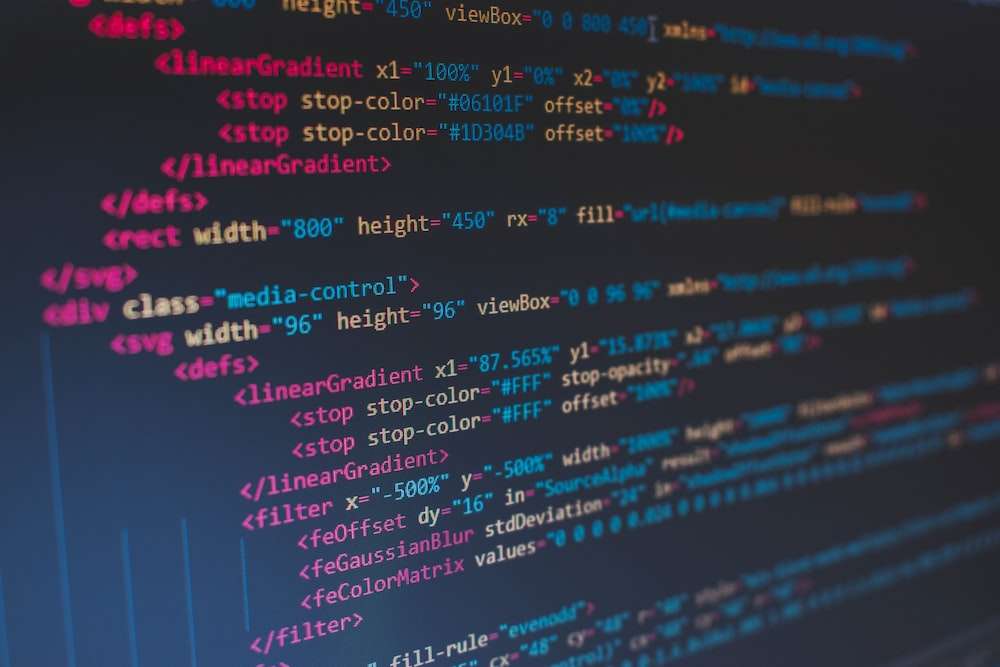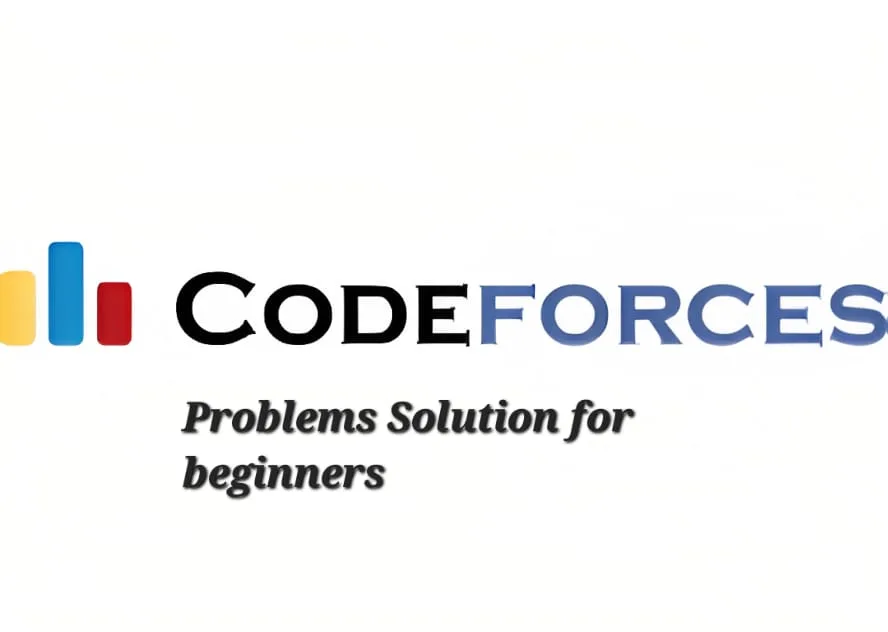Starting to learn to program can seem daunting, but with the right approach, it can be a fun and rewarding experience. Here are some steps to help you get started:
- Choose a language: There are many programming languages to choose from, each with its own strengths and weaknesses. Some popular languages for beginners include Python, Java, and JavaScript. Do some research and choose a language that fits your goals and interests.
- Set up your environment: Once you have chosen a language, you’ll need to install the necessary software and tools on your computer. This may include an Integrated Development Environment (IDE), a text editor, and a compiler or interpreter.
- Learn the basics: Start with the basics of programming concepts such as variables, data types, control structures, loops, functions, and object-oriented programming. There are many online tutorials, courses, and resources available to help you learn.
- Practice, practice, practice: Programming requires practice to develop skills and become proficient. Start with simple programs and gradually increase the complexity as you gain confidence.
- Join a community: Join online forums, groups, or communities of other programmers who share your interests. You can ask questions, get feedback, and learn from others’ experiences.
- Build projects: Apply your programming skills to build projects that interest you. This will help you to understand how to apply programming to real-world problems and will also build your portfolio for future job opportunities.
Remember that programming is a skill that takes time and practice to develop. Stay motivated, be persistent, and enjoy the learning process. Good luck!





